Culinary Versatility of Semolina
Semolina Market is renowned for its culinary versatility, serving as a key ingredient in various traditional dishes across different cultures. From pasta to desserts, the applications of semolina are extensive, which enhances its appeal in the Semolina Market. The growing interest in international cuisines has led to an increased consumption of semolina-based products. For instance, the pasta segment, which heavily relies on semolina, has shown robust growth, with market data suggesting a compound annual growth rate that could exceed five percent over the next few years. This versatility not only attracts diverse consumer segments but also encourages innovation in product development, further driving the growth of the Semolina Market.
Increased Focus on Nutritional Value
As consumers become more health-conscious, there is a heightened focus on the nutritional value of food products. Semolina Market, being rich in protein and essential nutrients, is gaining attention in the Semolina Market. The demand for high-protein and nutrient-dense foods is on the rise, with market data indicating that products containing semolina are increasingly favored by health-oriented consumers. This trend is particularly evident in the growing popularity of semolina-based snacks and breakfast cereals, which are marketed as healthier alternatives. Manufacturers are likely to capitalize on this trend by emphasizing the nutritional benefits of semolina, thereby enhancing its market presence and appealing to a broader audience.
Rising Demand for Gluten-Free Products
The increasing prevalence of gluten intolerance and celiac disease has led to a notable rise in demand for gluten-free products. Semolina Market, derived from durum wheat, is often perceived as unsuitable for gluten-free diets. However, the Semolina Market is witnessing a shift as manufacturers explore alternative grains and formulations that cater to gluten-sensitive consumers. This trend is supported by data indicating that the gluten-free food market is projected to grow significantly, potentially reaching a valuation of several billion dollars in the coming years. As a result, companies within the Semolina Market are likely to invest in research and development to create gluten-free semolina alternatives, thereby expanding their product offerings and capturing a broader consumer base.
Technological Advancements in Production
Technological advancements in food processing and production are playing a crucial role in shaping the Semolina Market. Innovations in milling technology and processing techniques are enhancing the efficiency and quality of semolina production. These advancements not only improve yield but also enable the development of specialized semolina products tailored to specific consumer needs. For instance, the introduction of automated milling processes has streamlined production, reducing costs and increasing output. Market data indicates that the adoption of such technologies is likely to continue, fostering competition and driving growth within the Semolina Market. As companies invest in technology, they may also enhance product quality, thereby attracting a more discerning consumer base.
Sustainability and Organic Farming Practices
The Semolina Market is experiencing a shift towards sustainability, with consumers increasingly favoring products that are produced through environmentally friendly practices. The rise of organic farming has led to a growing supply of organic semolina, which is perceived as a healthier and more sustainable option. Market data suggests that the organic food sector is expanding rapidly, with consumers willing to pay a premium for organic products. This trend is prompting manufacturers in the Semolina Market to adopt sustainable practices and promote organic semolina, thereby aligning with consumer preferences for environmentally responsible food choices. As sustainability becomes a key driver, the industry may witness a transformation in production methods and marketing strategies.
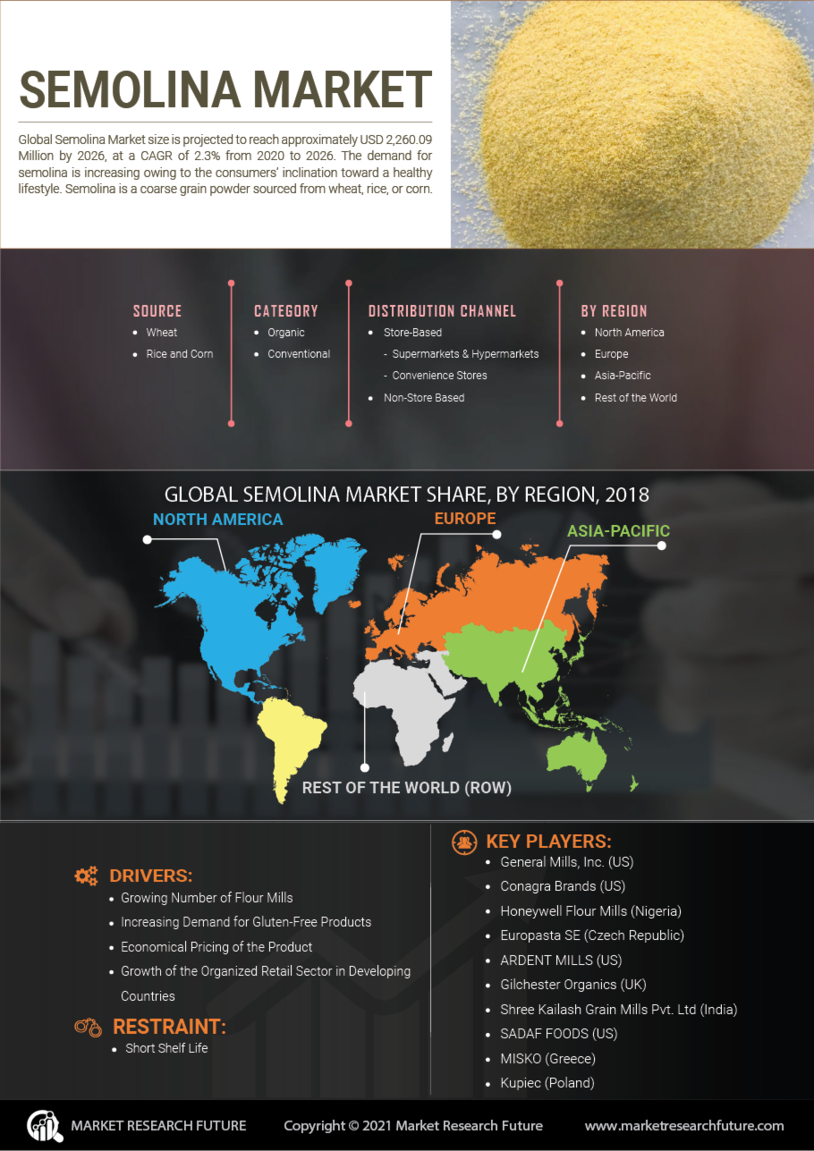

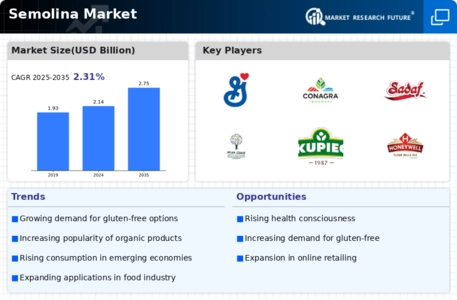
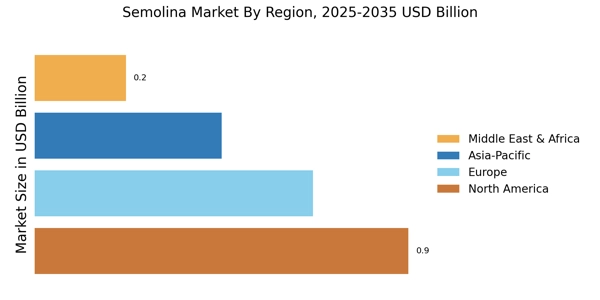
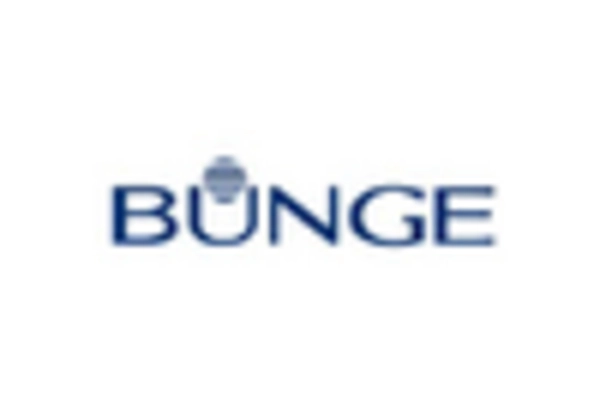
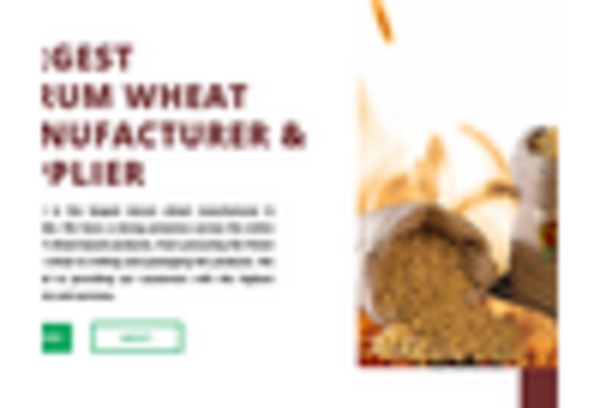
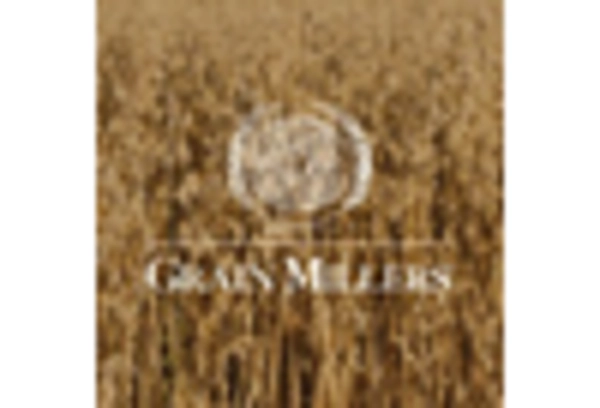
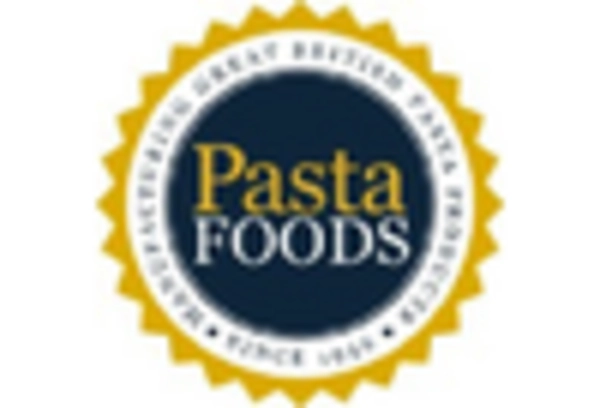
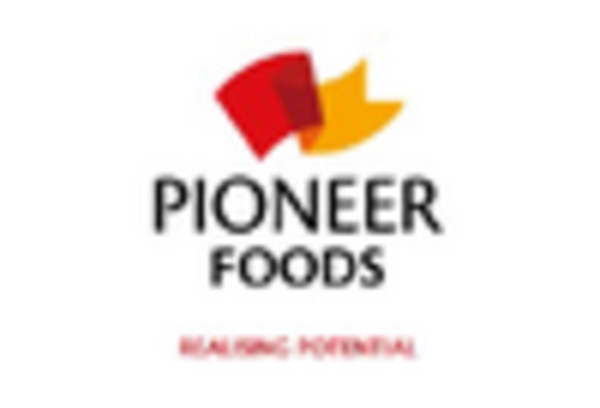









Leave a Comment